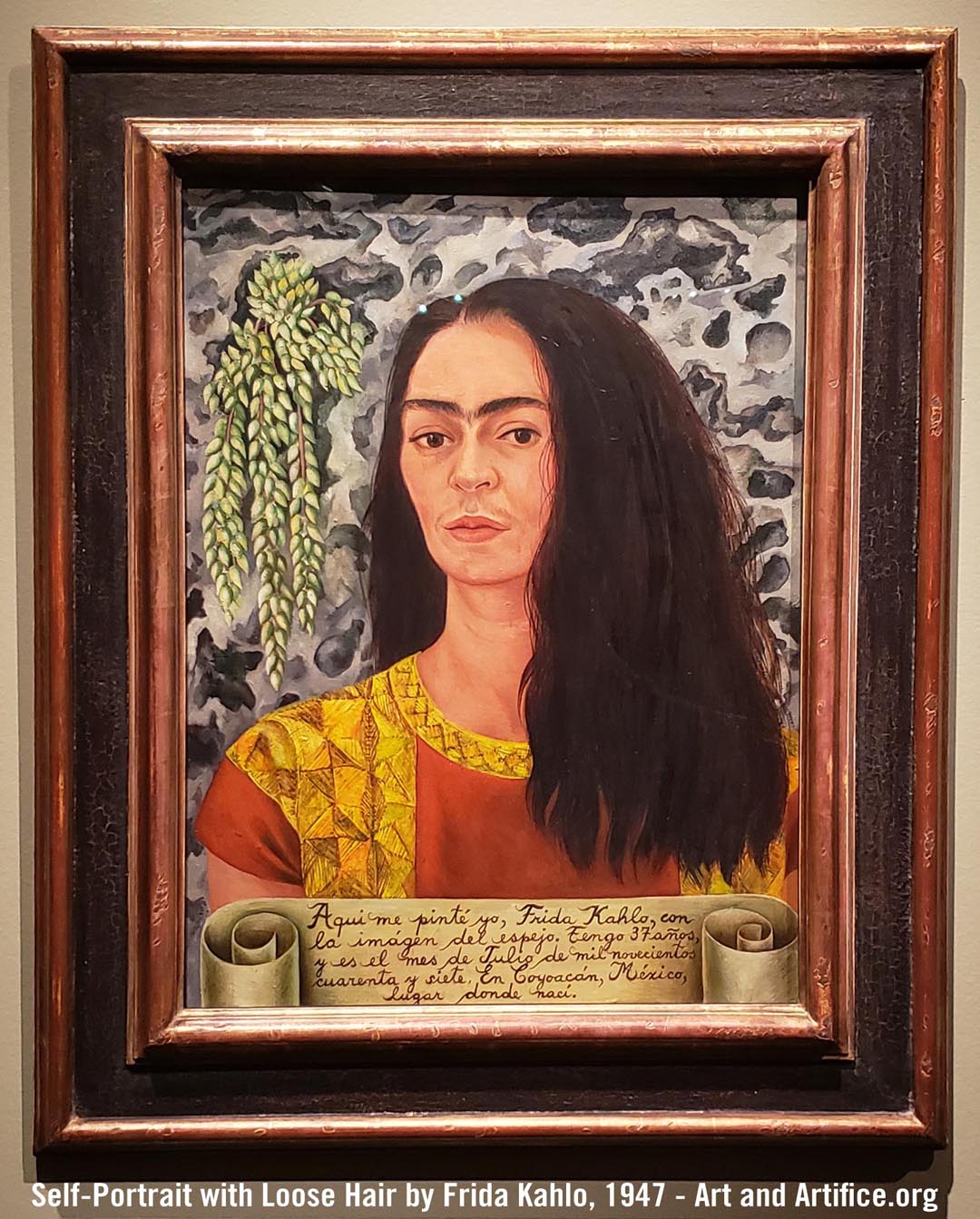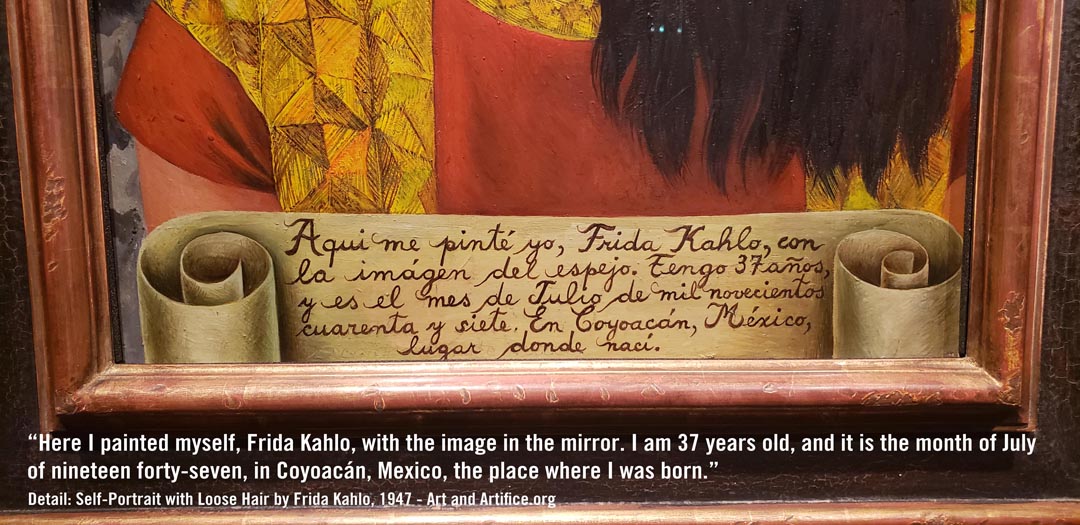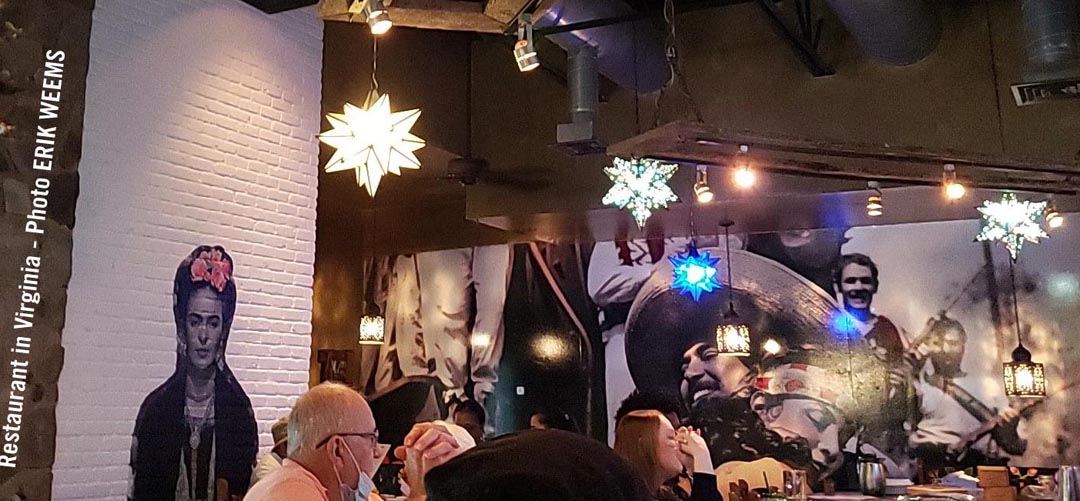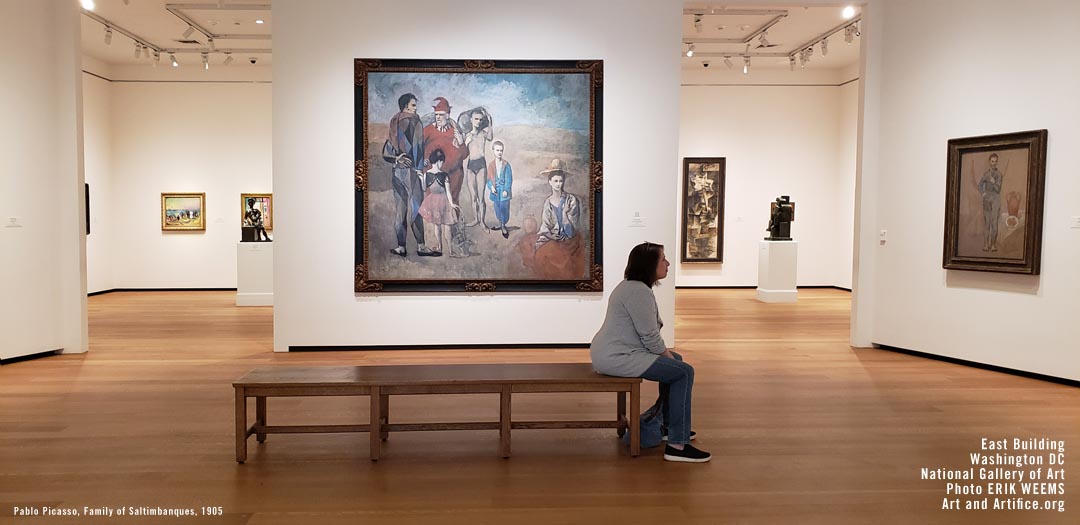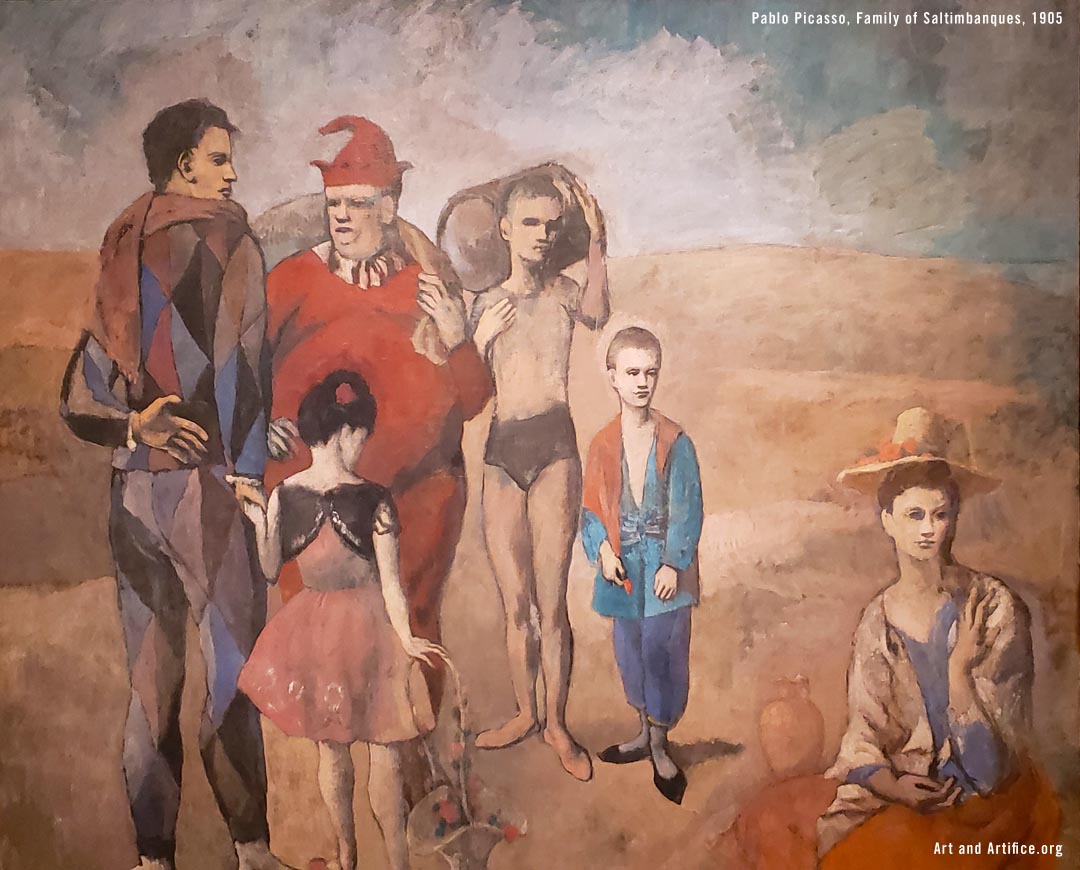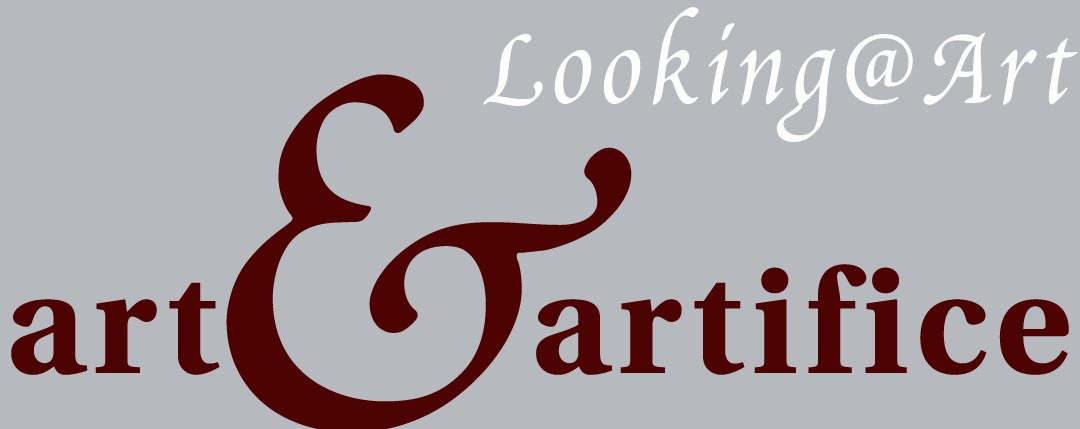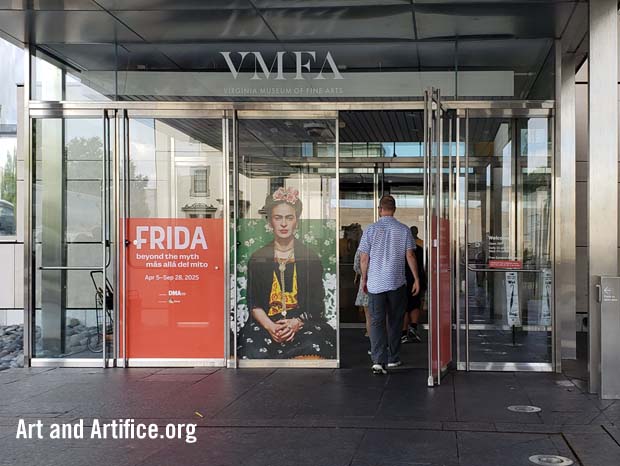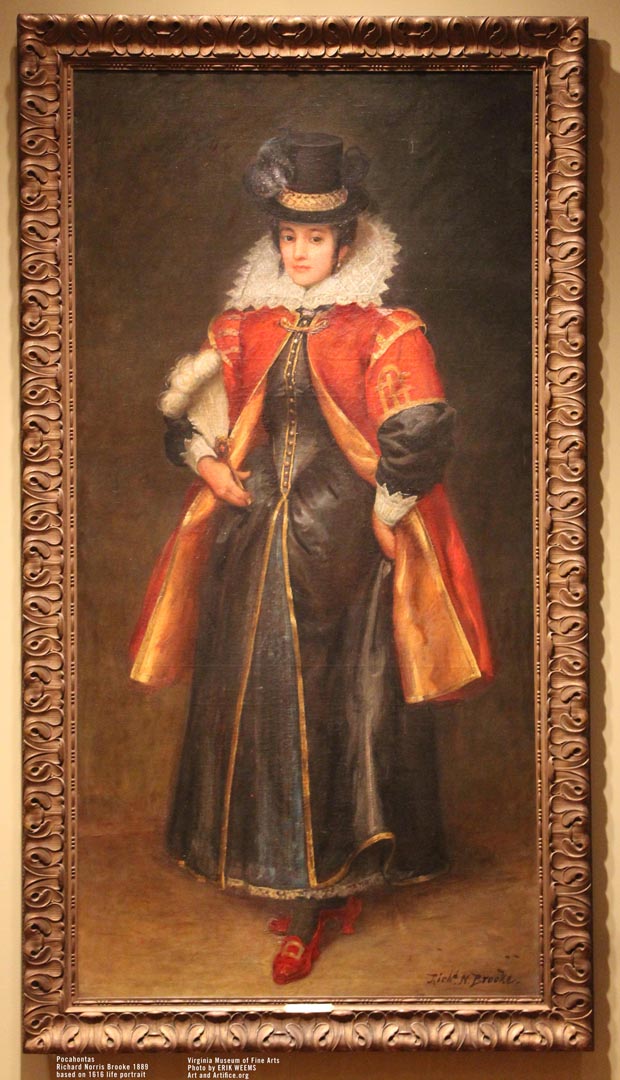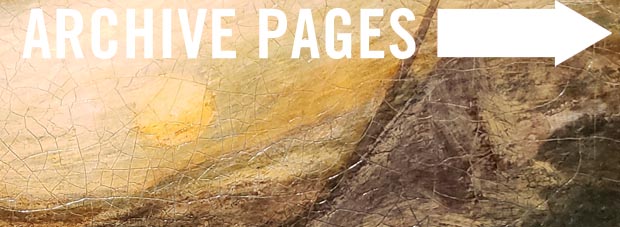Last updated October 19, 2025
Seven-minute daylight heist at Louvre takes Napoleonic jewelry – Washington Post
It took the robbers just seven minutes to execute their daytime heist, French Interior Minister Laurent Nuñez said. They used a grinder to cut through display cases, helping themselves to precious jewelry before making their escape on motorbikes."
Break-in at Louvre in daylight burglary – UK The Times
A gang is believed to have used an extendable ladder to reach the first floor of the world’s most visited museum, then used a chainsaw to open a window and the cabinet containing the jewels."
Vandals attack painting in Madrid– MSN New York Post – October 14, 2025
Activist group called "Vegetarian Future" threw paint onto a Christopher Columbus painting at the Museo Naval in Madrid, Spain.
Frida Kahlo at the Virginia Museum of Fine Arts
I went to the Frida Kahlo exhibit with less enthusiasm and more a sense of obligation, intending to view, in person, some of the works of one of the most celebrated artists of the 20th century. In fine arts, Kahlo is completely unavoidable, in some portion because her fame has been buoyed upward through a general link to the societal effort to emphasize women artists in a sphere of culture that has been traditionally over many, many centuries, dominated by male painters.
More about the Frida Kahlo - Beyond the Myth exhibit
"Actress Salma Hayek remembered artist Frida Kahlo on the 100" – Times of India - October 2025
Frida Kahlo's "Home away from home" where her childhood collections and some artworks are shown to the public at the newly opened Casa Kahlo Museum – Morning Call - October 2025
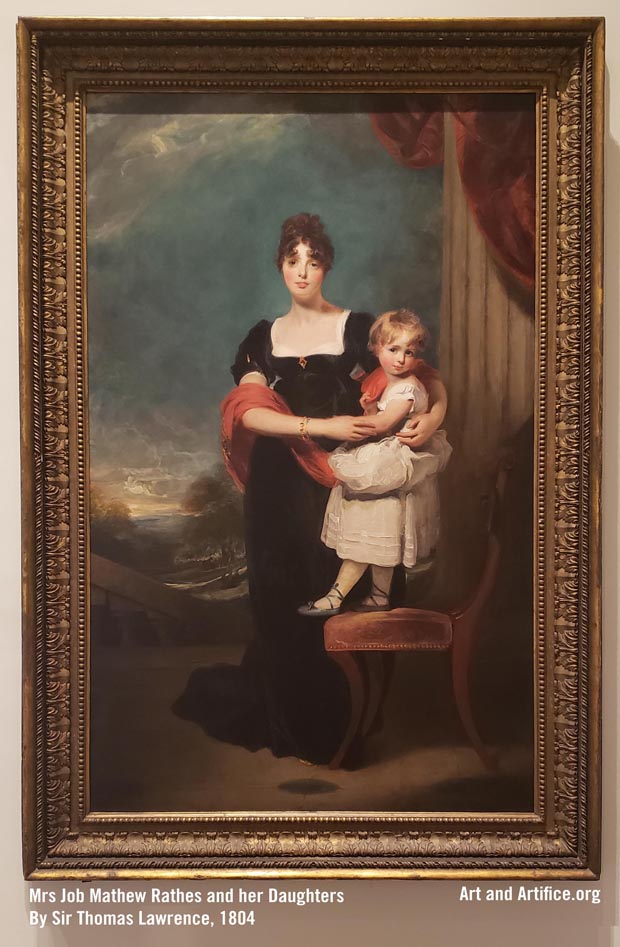
"Mrs Job Mathew Rathes and Her Daughters" by Sir Thomas Lawrence 1804 - click image to enlarge
"Brutalist interiors" - touring the world and viewing this phenomenon of design with it's most famous expressions – Wallpaper
Ellie Stathaki discusses Faculty of Philosophy building in Novi Sad, Serbia; the Housden House in London; the Johannes XXIII Church in Cologne, Germany; and several more, all with photos.
Police in Italy search for couple that sat on museum artwork ....and crushed it – The Local Italy
"Palazzo Maffei described it as "every museum's nightmare" and told AFP on Monday it had made a complaint to the police..."
Framed Portrait of Pocahontas by Richard Norris Brooke begun 1889, completed 1907.
The controversy of authorship around the famous Vietnam War era photo "Napalm Girl" photo – le Monde – May 22, 2025
More art pages in the Archives
